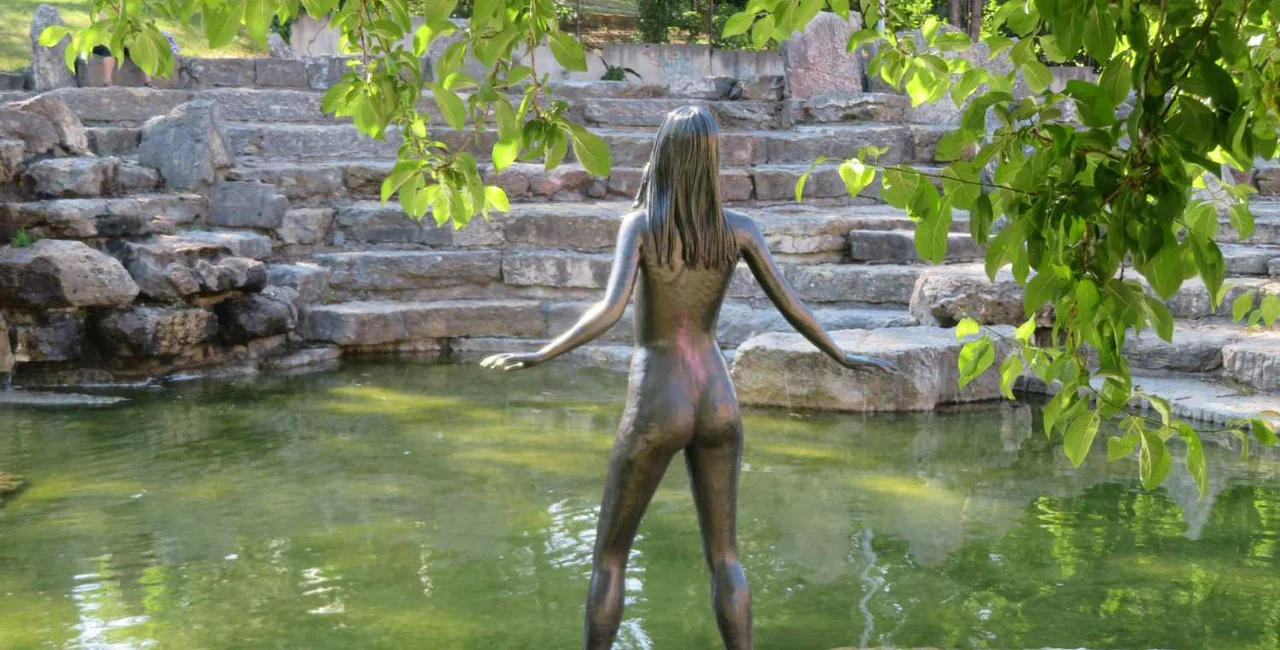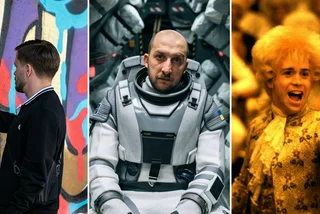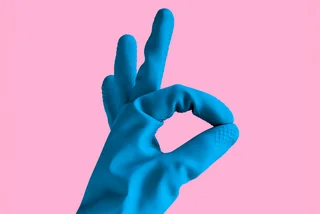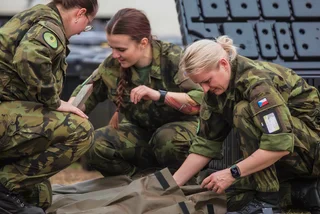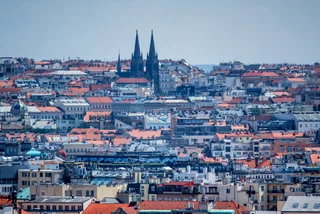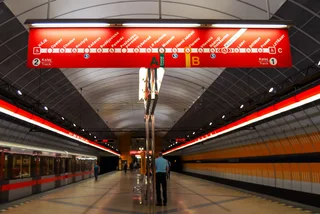Since people are supposed to stay home, we have decided to put together a virtual tour of some of the overlooked art in the beautiful city of Prague. Before 1989, every building project had to include some art. Sometimes this was seen as formality, with a rather uninspired barely modified boulder passed off just to satisfy the law. But there are also some works by quite talented artists whose only option was to work for the state.
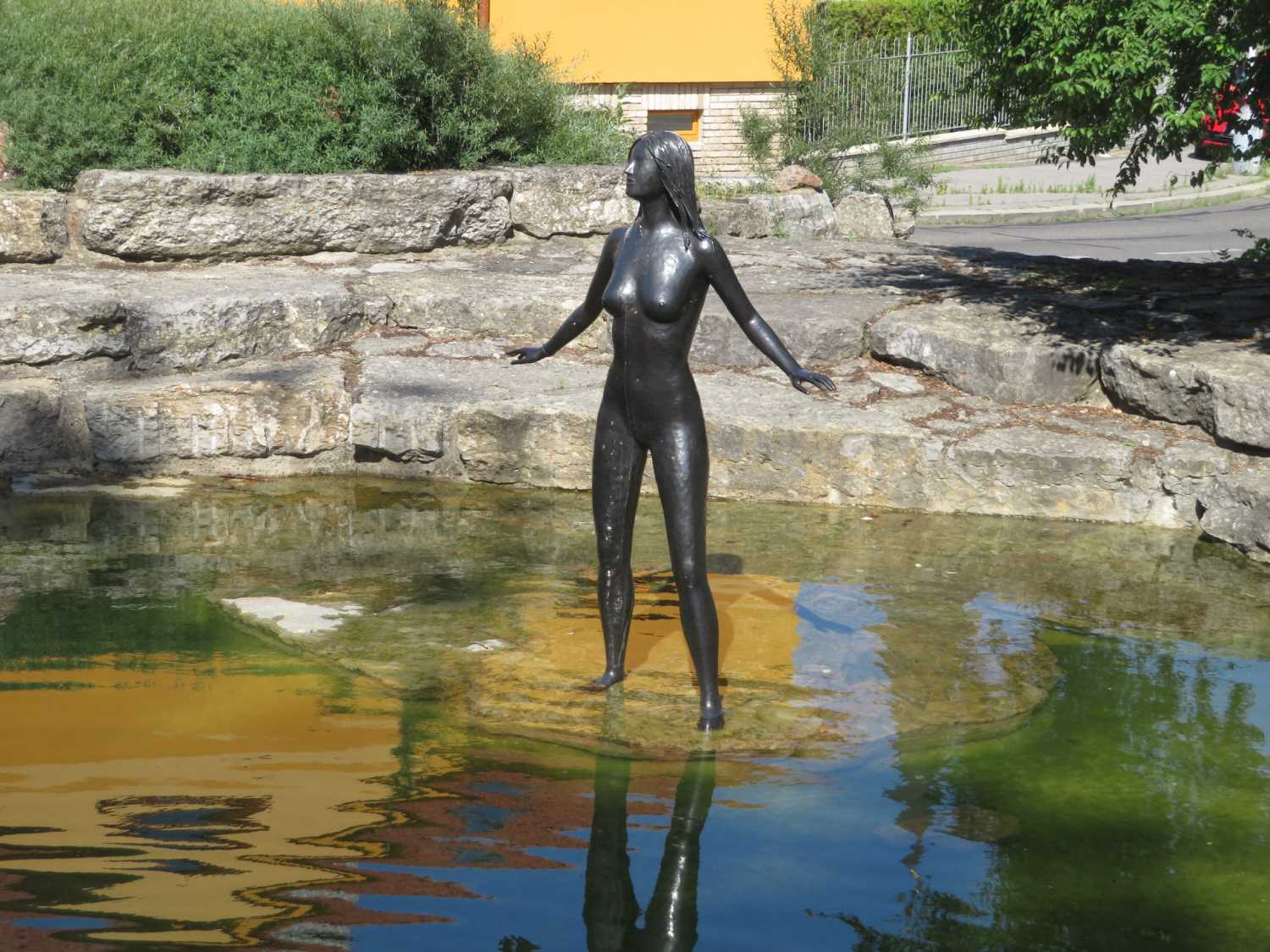
Due to the quarantine, there is no way to see the retrospective of sculptor Kurt Gebauer at the National Gallery in Prague. He has made his career with public sculptures, and one of his finest is Pond Stodůlky, a large water feature with stones around the edge and metal woman with a rather lost expression. The shallow pond when dry look like a primitive wrestling arena. The installation from 1985 is near metro Stodůlky on Kovářova Street. Other works of his visible in Prague include a plaque for František Langer on the corner of Preslova Street and náměstí 14. října.
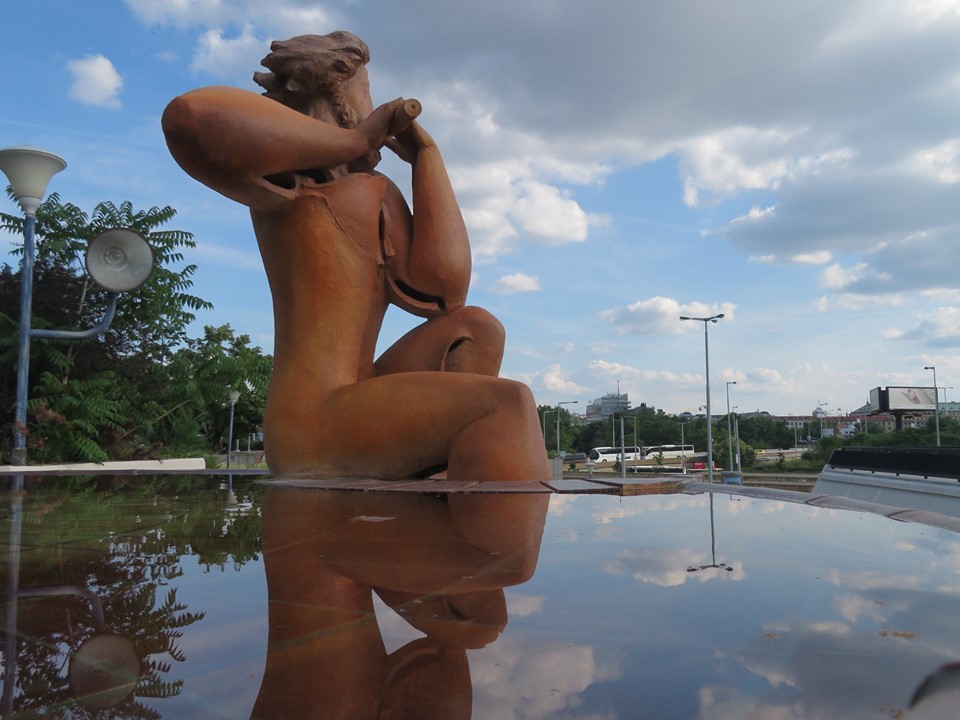
A newly restored 1974 fountain Faun and Vltava by Olga Hudečková and Miroslav Hudeček is part of the metro Vltavska station. It’s hidden a bit in the back, and even people who use the station daily seem unaware of it. The same team also made a sculpture of a mother and child for Motol Hospital. If you take the time to look, most metro stations have some art hidden somewhere.
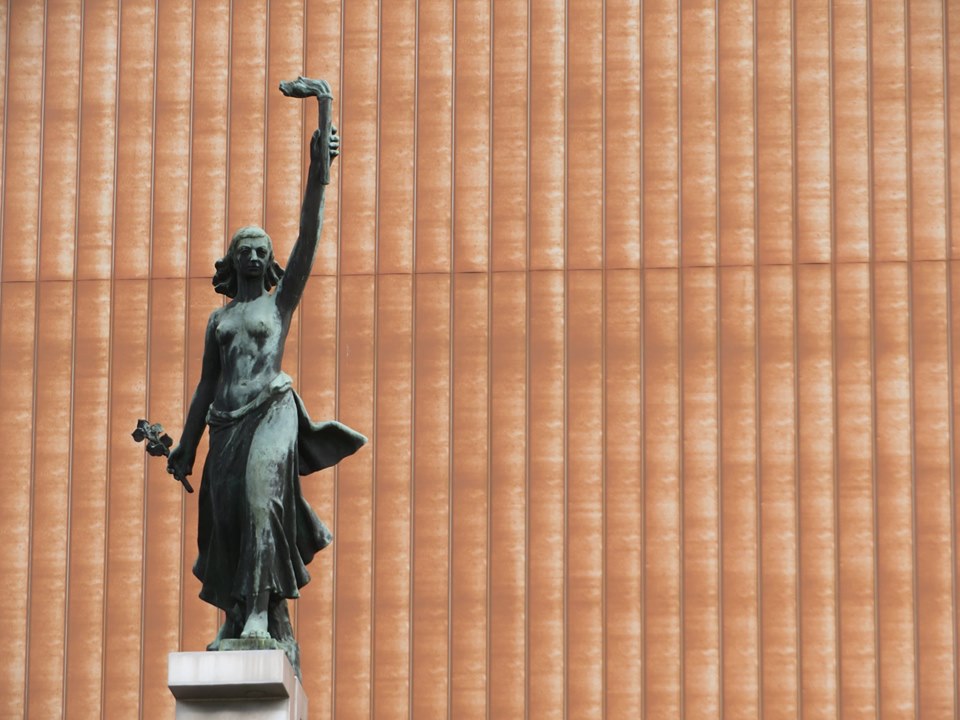
Victory (Woman with Torch) is truly hidden away behind Stahov Stadium on Diskařská and Maratónská Street. The bronze statue from 1978 is one of the last works by Břetislav Benda, who was student of Josef Václav Myslbek, who designed the St Wenceslas sculpture for Wenceslas Square. Benda’s main theme throughout his career was the female form.
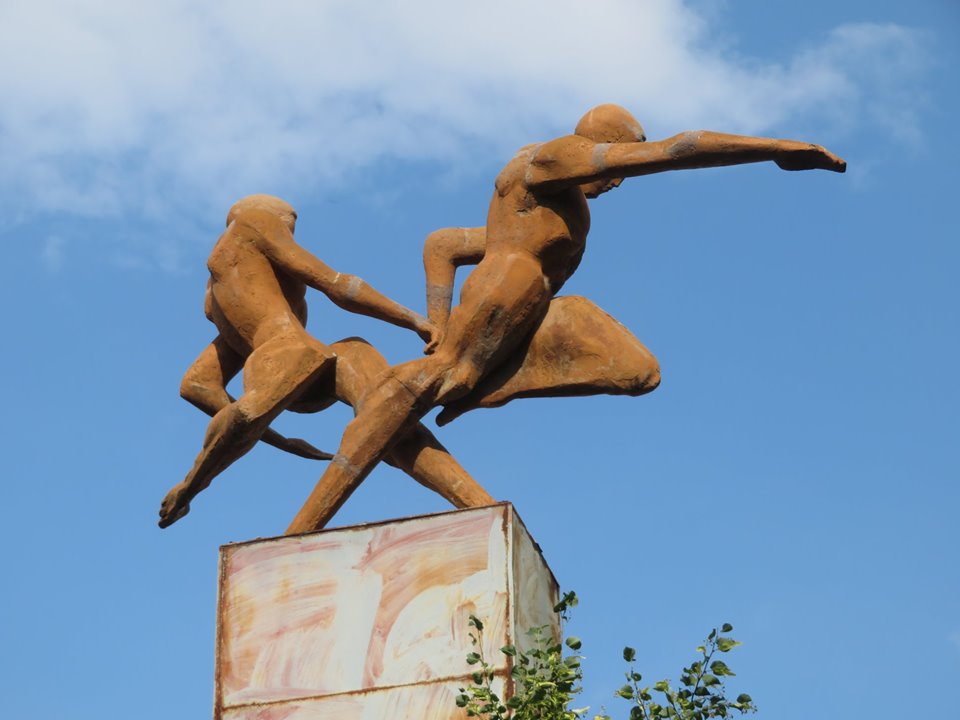
Nearby in Strahov is a more modern-style piece. Dispatch from Zdeněk Němeček, on Zátopkova Street directly behind the stadium, shows a hand-off during a relay race. Němeček focused on sports for his work, and also made the sculpture of hockey players in front of what is now Tipsort Arena in Výstaviště Holešovice.
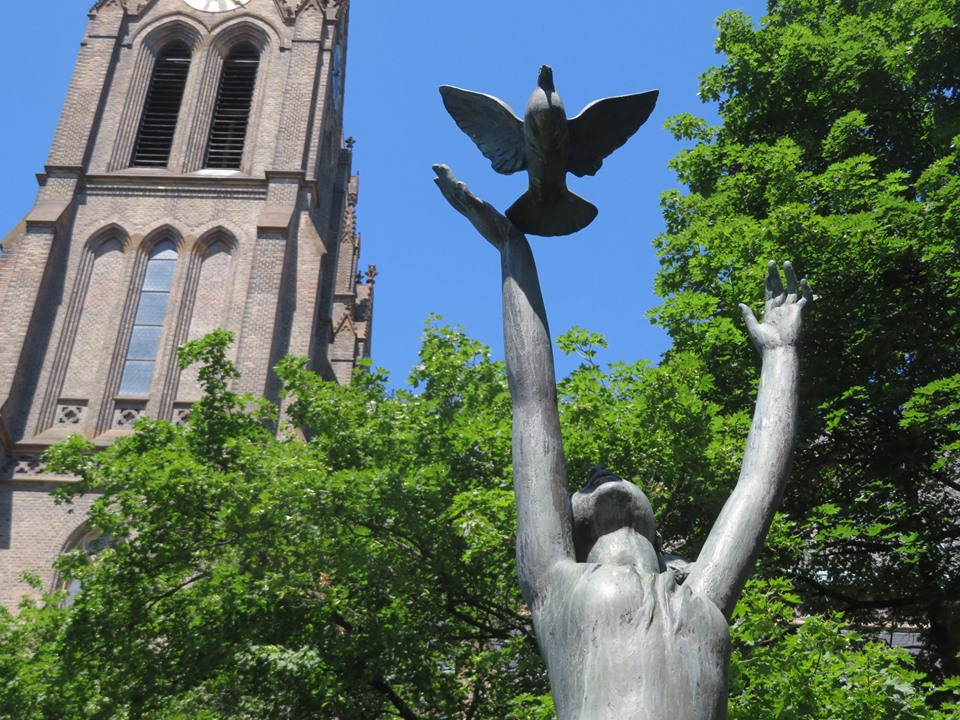
Girl With a Dove, also called Peace, is perhaps one of the pre-1989 staues that people are most familiar with. It can be found on the side of the Church of St Ludmilla at náměstí Míru. The 1979 statue by Jiří Kryštůfek picks up on doves as a symbol of peace — mír — and ties it into the name of the square. The statue stands where Soviet soldiers were buried at the end of World War II. Kryštůfek mostly made sculptures of young people.
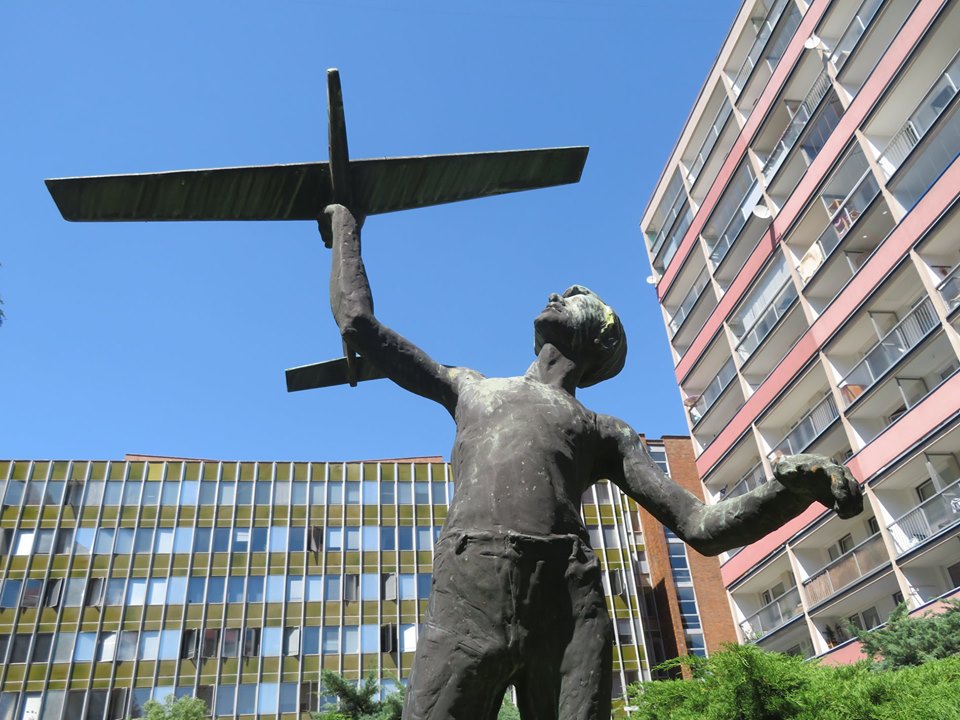
The Eden housing project, next to Sinobo Stadium (Slavia), is filled with metal and stone sculptures as well as mosaics. Boy With a Model Plane by Vendelín Zdrůbecký is a prime example of family themes and children in public art. It is between buildings in a courtyard on Tádžická Street.
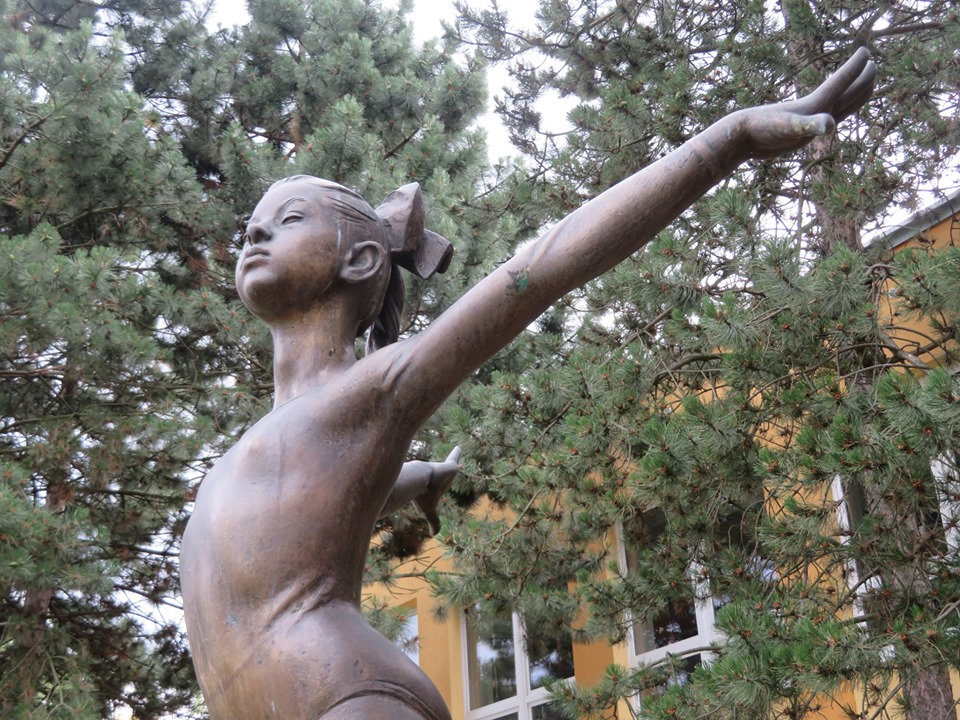
In the Chodov area in front of a school, you can find Gymnast by Jaroslav Hladký, a bronze from 1984. Its another of the popular images of children in some form of recreation. Hladký is known for realistic depictions of sports figures, primarily found near schools and sporting venues.
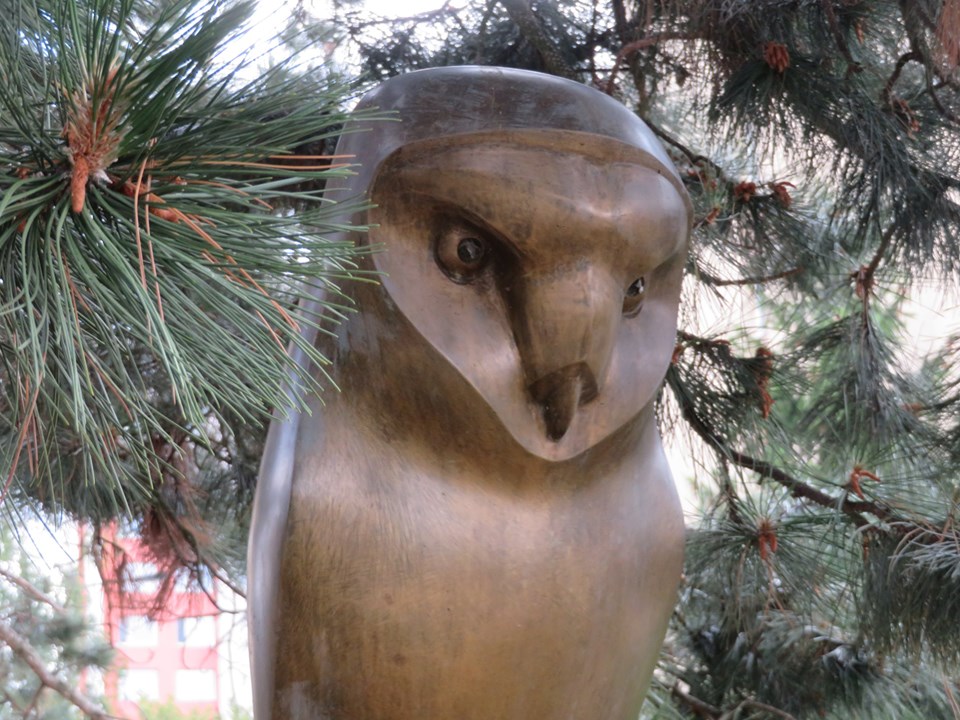
A bronze owl resides under an evergreen tree on Květnového vítězství Street in Jižní Město. The housing projects in the south of the city are dotted with art, much of it overgrown and sometimes covered with graffiti, but Václav Frydecký’s Owl from 1985 has managed to stay in good condition. The same sculptor also did Gymnast and Bear Family, both in Folimanka in Prague 2.
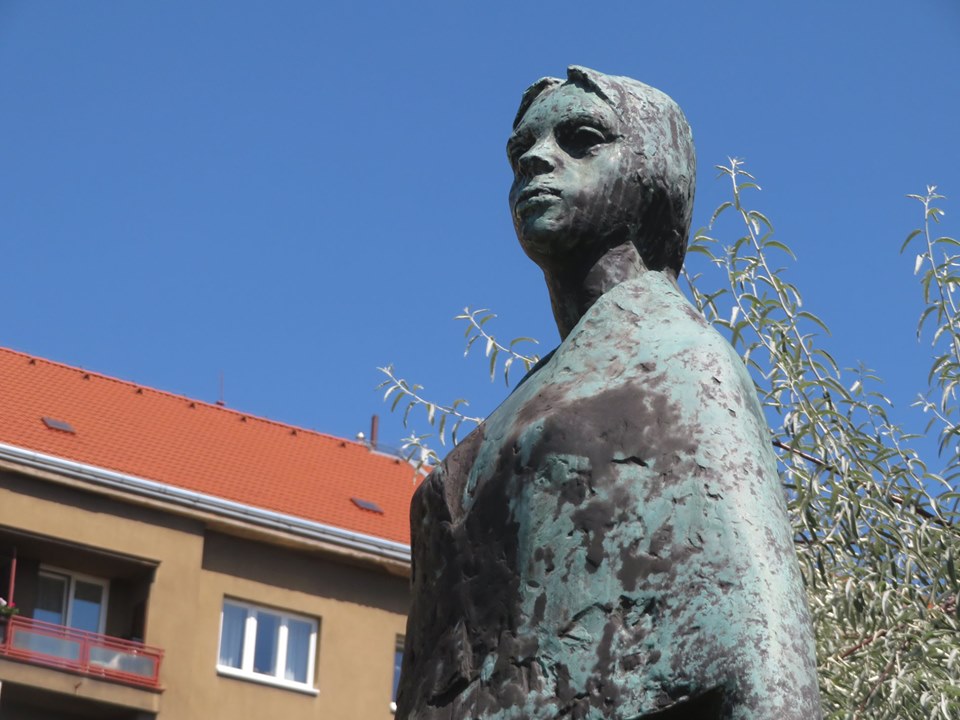
The nameless park on Jana Želivského and Jeseniova streets has a statue that people often see from a tram but seldom stop to give closer inspection. The 1961 figure from Ladislav Kovařík is Anna Proletářka, a character in a novel by novel by Ivan Olbracht about proletarian life in Czechoslovakia after World War I. People often paint her shawl in red and white, the colors of the local Viktoria football team. Kovařík’s other works include a stone sculpture of a family in Malešice and two bronze dolphins in Jižní Město.
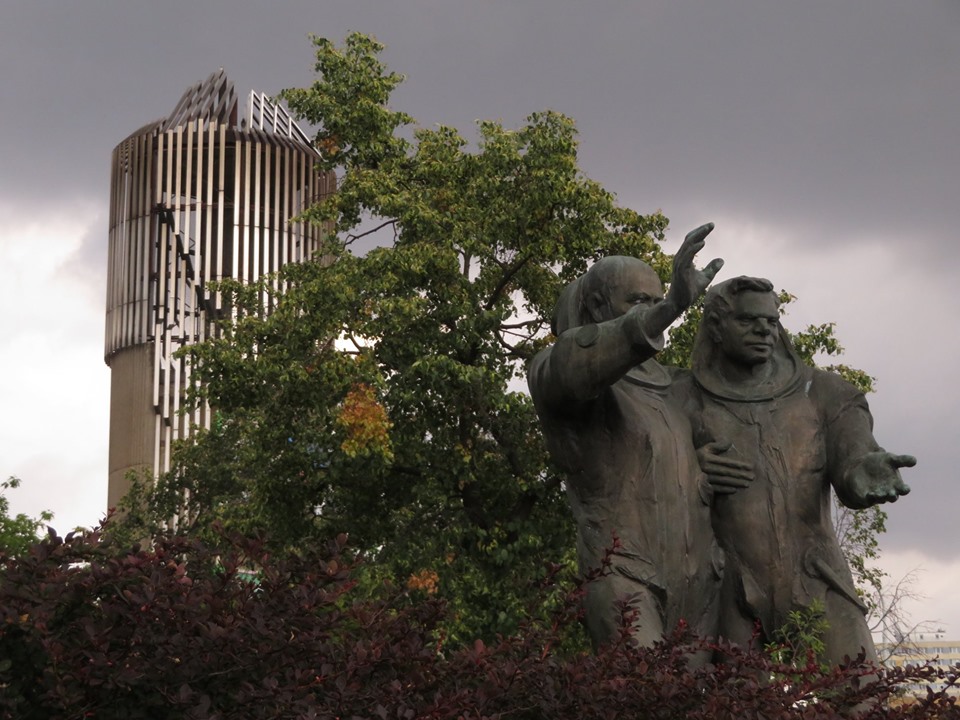
At the Háje metro stop, there’s a pair of cosmonauts, dating from then the station had the name Kosmonautů. The sculpture of the two waving men by Jan Bartoš went up in 1979, shortly before the station went into operation. They are meant to represent Czech cosmonaut Vladimír Remek and Russian cosmonaut Alexey Gubarev. Sometimes their space suits are colorfully painted but it has been clean for a while now due to stepped-up anti-graffiti measures. Bartoš’ other work includes the bust of Milada Horáková at náměstí Hrdinů.












 Reading time: 4 minutes
Reading time: 4 minutes 